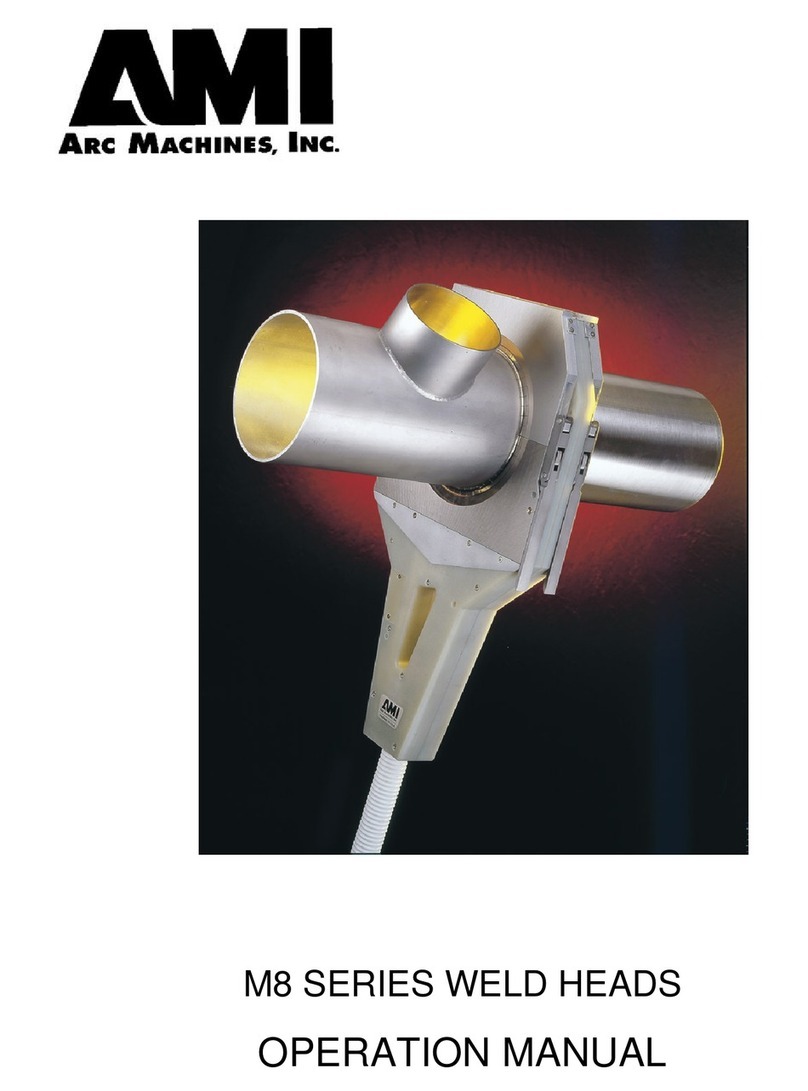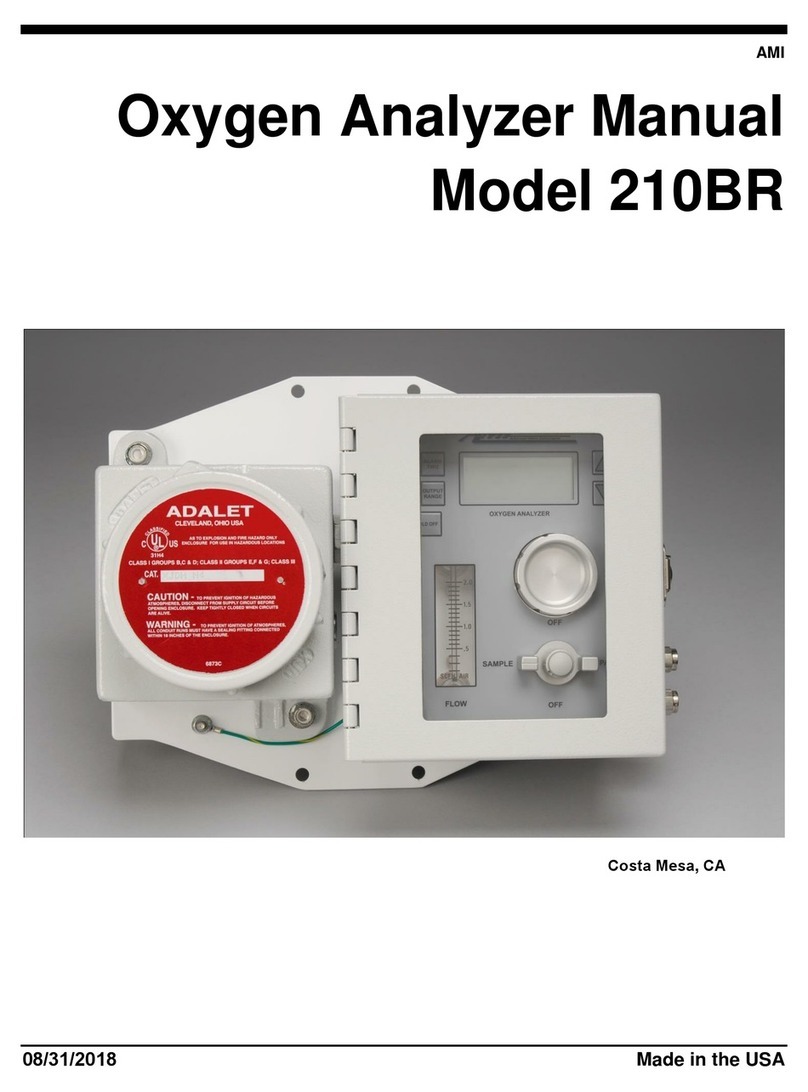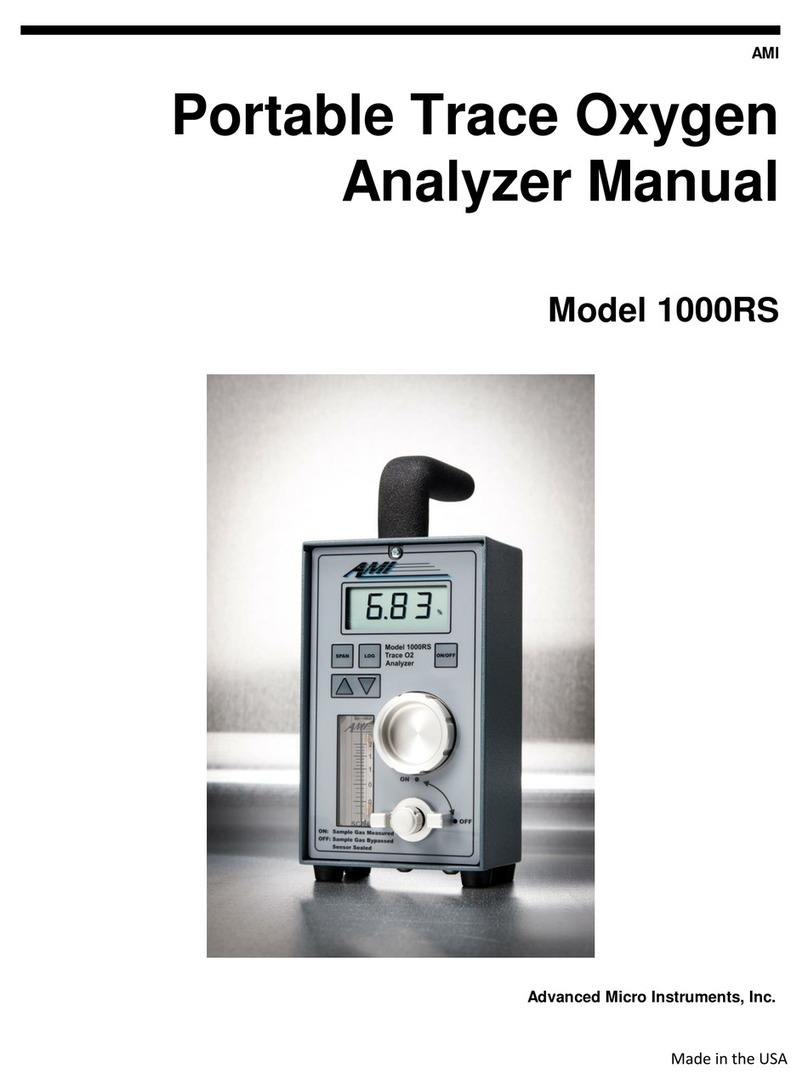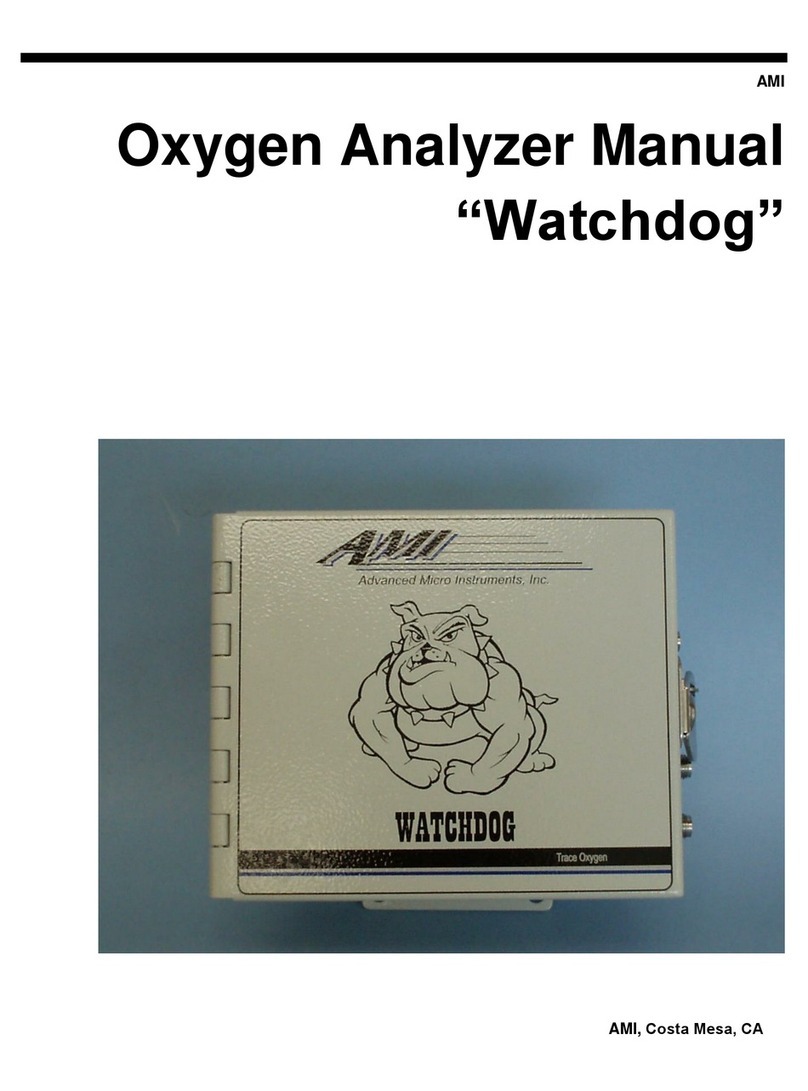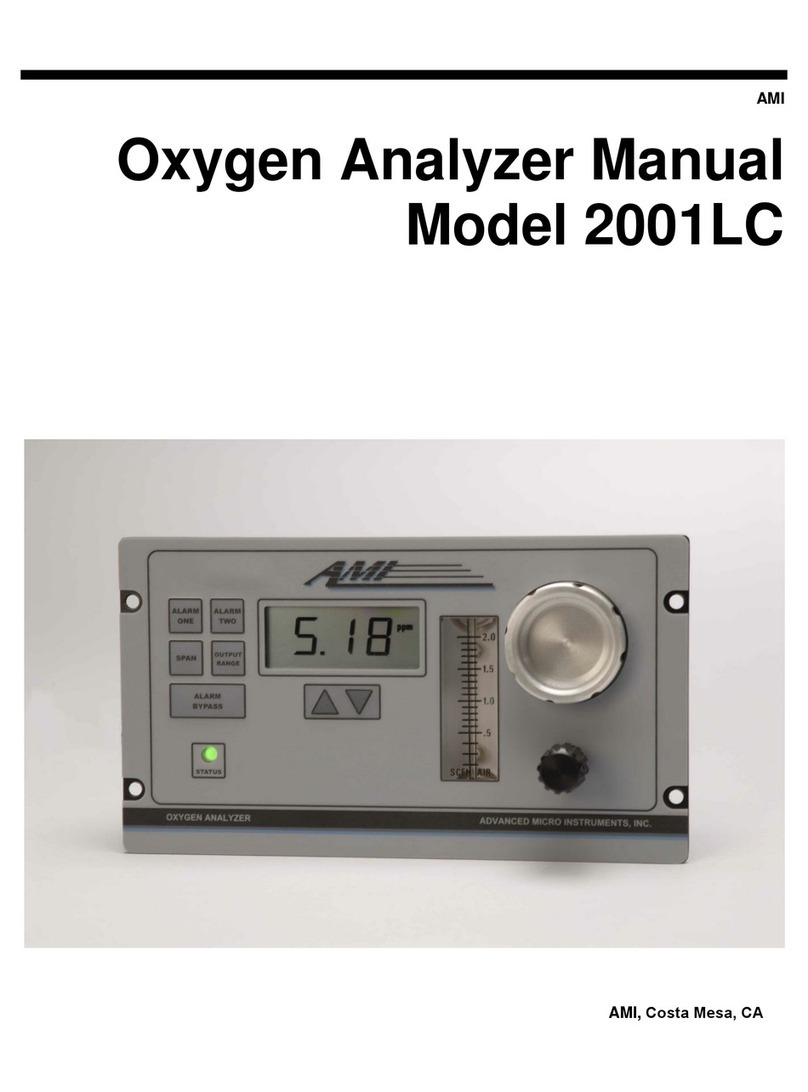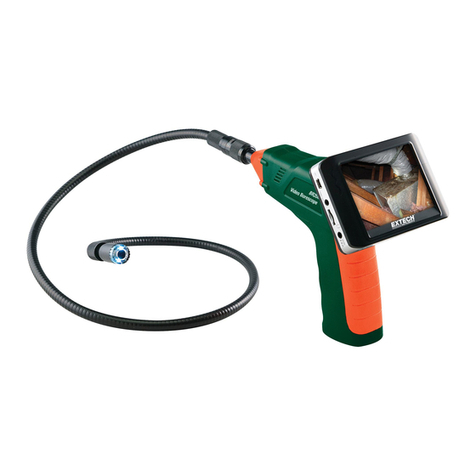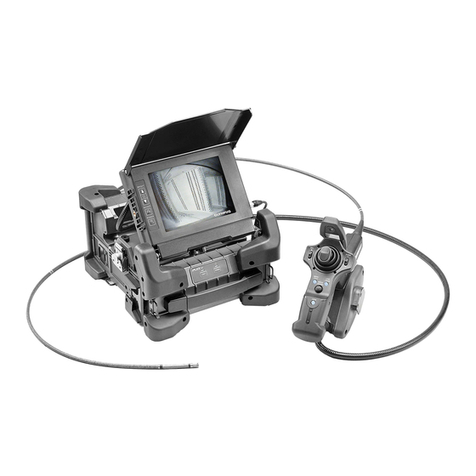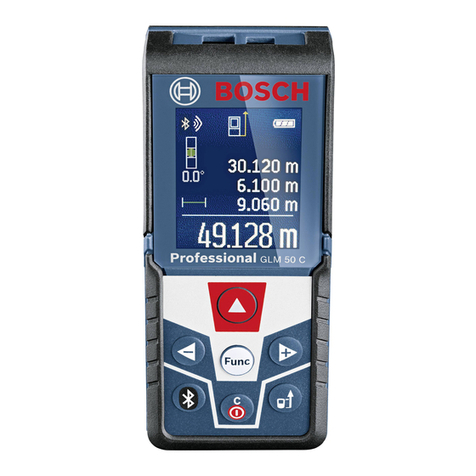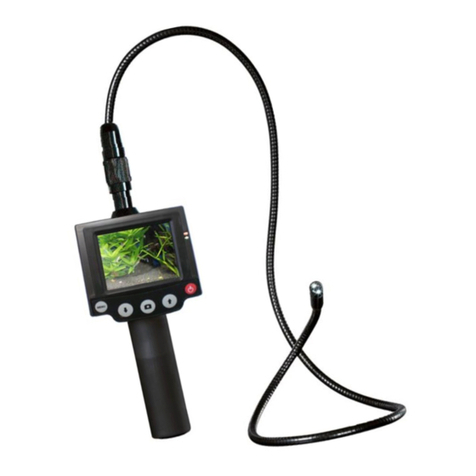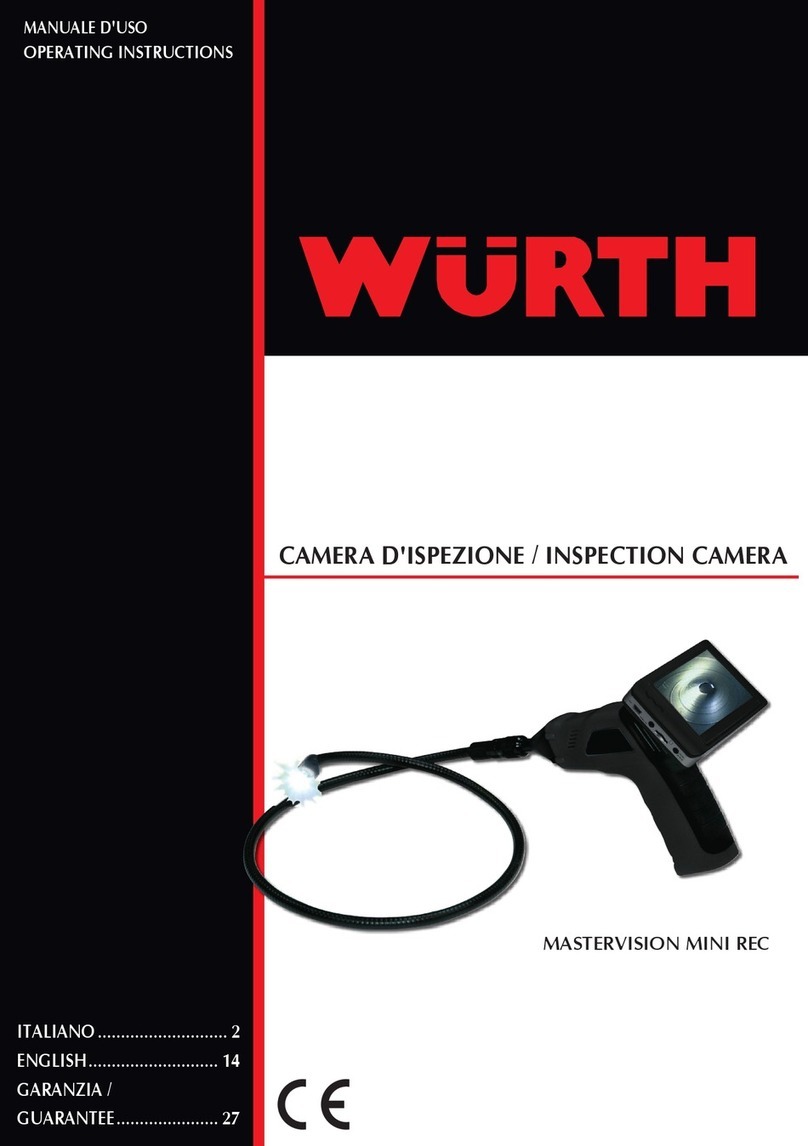AMI 60 User manual

AMI
Oxygen Analyzer Manual
Model 60 Probe
AMI, Costa Mesa, CA

AMI Analyzer Manual •
••
•1
Contents
Preface 3
The AMI story 3
Caution 3
Address 3
The AMI Oxygen Probe Analyzer 4
Introduction 4
Features: 4
Options: 4
Oxygen sensor: 4
Sensor Warranty: 5
Instrument Warranty: 5
Installation and Operation 6
eceiving the analyzer 6
Precaution 6
Installation 6
Location: 6
Probe connection: 7
Display unit option: 8
Display unit connections: 9
Initial test: 9
Output connections: 9
Sample connection: 9
Sensor Installation: 10
Notes: 10

AMI Analyzer Manual •
••
•
Operation 10
Calibration: 10
Maintenance and troubleshooting 1
Maintenance: 12
Sensor eplacement: 12
Sensor replacement cautions: 13
Sensor replacement procedure: 14
Calibration: 14
Periodic Calibration 15
Specifications and Disclaimer 16
Specifications: 16
Disclaimer 17
Material safety data sheets (MSDS) 18
Sensor type P3, P4, P5 18
Product Identification 18
Physical and chemical data 18
Physical hazards 18
Health hazard data 19
Emergency and first aid procedures 19
Handling information 19
Sensor type P2 20
Product Identification 20
Physical and chemical data 20
Fire and explosion hazard data 21
eactivity data 21
Emergency and first aid procedures 21
Health hazard data 22
Handling information 23

AMI Analyzer Manual •
••
•3
Preface
The AMI story
The AMI series of analyzers provide the latest in high-definition oxygen analysis. The series includes trace
oxygen, percent oxygen and portable trace and percent oxygen models. All of them share the same basic
design, using time proven oxygen sensors and advanced high definition electronics for noise and
interference free performance. Certain aspects of the design are the subject of a patent, number
5,728,289.
Every effort is made to ensure that AMI products provide reliable, effective performance. However there
are many pitfalls in achieving correct oxygen analysis, particularly at low ppm levels, and AMI stands ready
to provide a complete solution to the analysis problem, from sample system design to on-site
troubleshooting and problem analysis. Please feel free to call AMI for help should your results not meet
your expectations.
Caution
ead and understand this manual fully before attempting to use the instrument. In particular understand
the hazards associated with using flammable or poisonous gases, and associated with the contents of the
sensor used.
Address
Advanced Micro Instruments
225 Paularino Ave
Costa Mesa, CA 92626
www.AMIO2.com
(714) 848-5533
Last Revised: 03/21/2019

AMI Analyzer Manual •
••
•4
The AMI Oxygen Probe Analyzer
Introduction
The Advanced Micro Instruments Oxygen Probe is designed for monitoring of oxygen content in a nitrogen
or similar inert gas stream. It operates on a single range, normally 0-25% oxygen, and produces an output
typically 0-2.5V DC over this range. It uses 12-24V DC power, and it provides a regulated 5VDC output as
an auxiliary for low power devices such as LCD panel meters. No calibration is provided internally:
calibration is performed either by the host system to which it is attached or else by the optional meter
display unit.
Features:
•Compact size
•Single range operation
•Probe may be mounted up to 100ft from a suitable display unit.
•Air calibration, no zero or span gases required
•Virtually unaffected by hydrocarbons or other oxidizable gases
•High accuracy and fast response
•Backed by a two year warranty
Options:
•Meter display unit with analog voltage output from 4-20 mA
Oxygen sensor:
AMI uses an industry standard electrochemical sensor. This measures the concentration of oxygen in a gas
stream, using an oxygen specific chemistry. It generates an output current in proportion to the amount of
oxygen present, and has zero output in the absence of oxygen, thus avoiding any requirement to zero the
analyzer. The cell is linear throughout its range. The span calibration may be performed using standard
span gases or ambient air.
Percent level analyzers are routinely calibrated on air. Air has a reliable 20.94% oxygen in it at 50%
relative humidity at 0°C (32°F), when dry. In the case of its use as an area monitor it is advisable to use a
known high quality air supply for calibration since the room air may not contain 20.94% of oxygen!

AMI Analyzer Manual •
••
•5
Sensor Warranty:
The sensor is warranted to operate for a period determined by its class. If the sensor ceases to operate
correctly before this time has elapsed, contact AMI for a return authorization for evaluation. If there is any
evidence of defective material or workmanship the sensor will be replaced free of charge.
If the sensor has failed due to natural wear out mechanisms, it will be credited on a pro-rated basis to the
purchase of a new sensor.
NOTE: Any evidence of abuse or physical damage, such as a torn membrane, will cause the failure not be
regarded as a covered under the warranty.
Instrument Warranty:
Any failure of material or workmanship will be repaired free of charge for a period of two years from the
original purchase (shipping date) of the instrument. AMI will also pay for one way shipment (back to the
user).
This warranty does not cover the sensor, which is covered by its own warranty (see above).
Any indication of abuse or tampering will void the warranty.

AMI Analyzer Manual •
••
•6
Installation and Operation
Receiving the analyzer
Precaution
When you receive the instrument, check the package for evidence of damage and if any is found, contact
the shipper.
Installation
Location:
Install the probe with the electrical connection pointing upwards and the gas connections downwards in a
suitable bracket.
Mount the display unit (if used) in a suitable panel opening with 8-32 (or equivalent) screws. This unit
should be within about 6 feet of the probe.
Connect the cable provided to the probe and to the display unit, or suitable power supply (12-24V DC)
and monitoring system.
If the display unit is used, connect it to a suitable power supply (12 –24V DC), and connect the output if
desired to a suitable monitoring system.
Figure 1. Probe showing preferred mounting

AMI Analyzer Manual •
••
•7
Figure 2. Probe dimensions
Probe connection:
(Probe mounted without display unit)
The unit requires a DC power supply between about 12 and 24 volts, at less than 10 mA. The supply
should be free of high frequency noise - if it is derived from a switching power supply it is advisable to use
a series inductor and parallel capacitors to filter it. The unit provides a regulated 5V DC output at up to 50
mA for external use. If the display unit is used, connect the power to it.
The probe is provided with a length of cable attached. If this length is not sufficient, an additional length
may be added up to a distance of about 100ft. Make the connection in a suitable connection box. The
cable used must be a pair of shielded twisted pairs, of any gauge from about 16AWG to about 26 AWG.
Wire Color Connection
Brown
+12 to +24VDC, 5 to 55mA
Black Ground/ eturn
Blue +5V, 50ma max
White Voltage output

AMI Analyzer Manual •
••
•8
Display unit option:
Figure 3. Display unit showing mounting
hole dimension
Figure 6. Display unit panel cut out
3.8
4.1
2.352.5
4.5
2.78
Figure 5. Bac Panel Connections

AMI Analyzer Manual •
••
•9
Display unit connections:
The Display unit is designed to be connected to the probe, and to provide a calibrated output signal. It
needs between 12 and 24V DC power as above, and uses the 5V supply from the probe as the power for
its meter.
IMPORTANT: CONNECT THE POWER SUPPLY TO THE CHANNEL DISPLAY. THE PROBE WILL GET
POIWER THROUGH THE DISPLAY.
Back Panel
Connections
Model 60 Wires /
Connections
Probe 1 Brown
Probe Black
Probe 3 Blue
Probe 4 White
PWR + +
12-24V DC
PWR - Ground
O/P + 4-20mA +
O/P- 4-20mA -
Initial test:
Install the unit as desired, and connect it to some form of monitoring system. Install the oxygen sensor,
making sure that it is the right way up. The sensing surface (and therefore the whole probe) should be
pointing downwards.
Expose the unit to air, and calibrate the monitoring system to 20.9% oxygen (or equivalent nitrogen for
nitrogen purity systems). The unit should be recalibrated after about one day, and thereafter at a rate
determined by usage, though once a month is typical.
Output connections:
The voltage output circuit is capable of driving an input resistance of 10K Ohms or more. Lower input
resistances will degrade the accuracy of the circuit.
Sample connection:
The sample may be introduced to either of the two barbed fittings on the cap of the unit. It may be
desirable to provide a tee in the line for calibration - see the discussion below. Sample flow rate should be
between 0.1 SCFH to 2.1 SCFH, the exact amount not being critical. Avoid back-pressuring the sensor with
excess flow if there is any restriction on the exhaust.
The first four connections are connections to the probe; the second four are user connections.
(Input Power
Supply)
(Ground Input
Power Supply)
(+) Power for
the Probe
Ground Power
for the Probe
(Auxillary: 5V)
(Voltage Output
from the Probe)
Table of contents
Other AMI Analytical Instrument manuals
Popular Analytical Instrument manuals by other brands
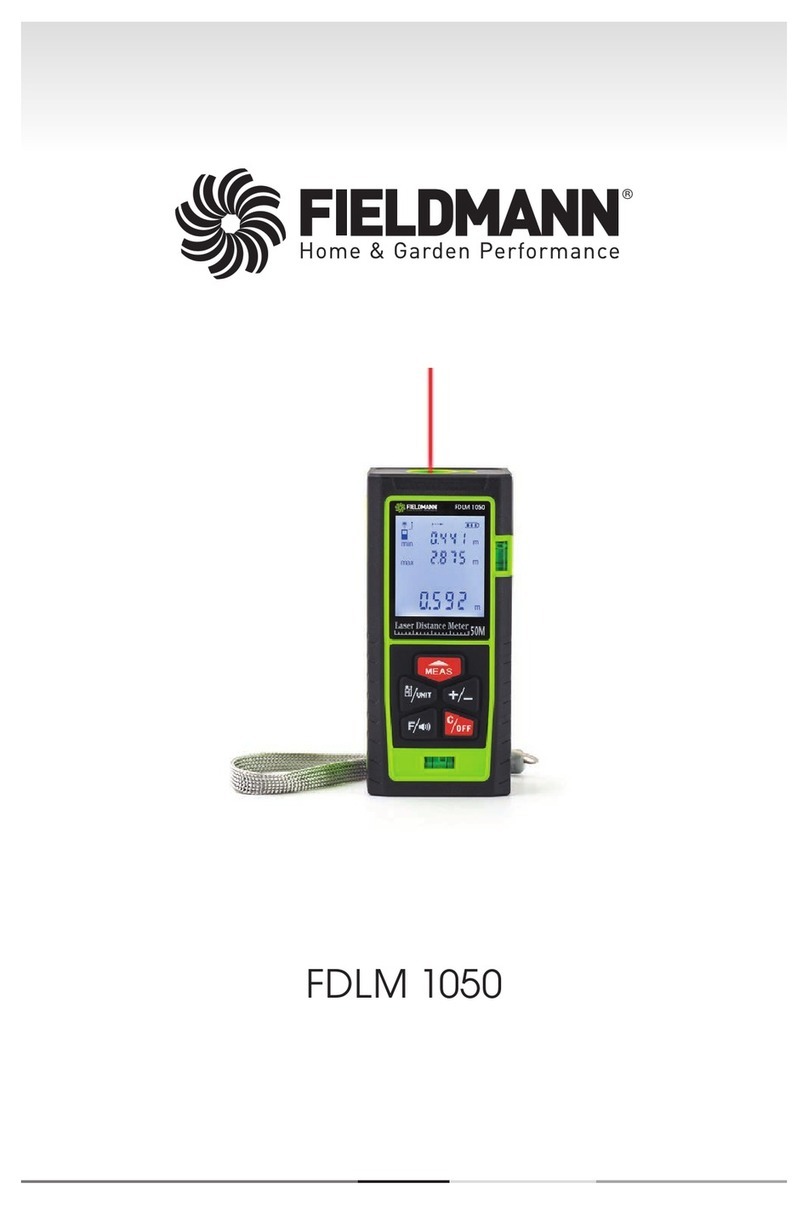
Fieldmann
Fieldmann FDLM 1050 user manual

Dewetron
Dewetron DEWE-30-16 Technical reference manual

Cocraft
Cocraft NLT04 Original instructions
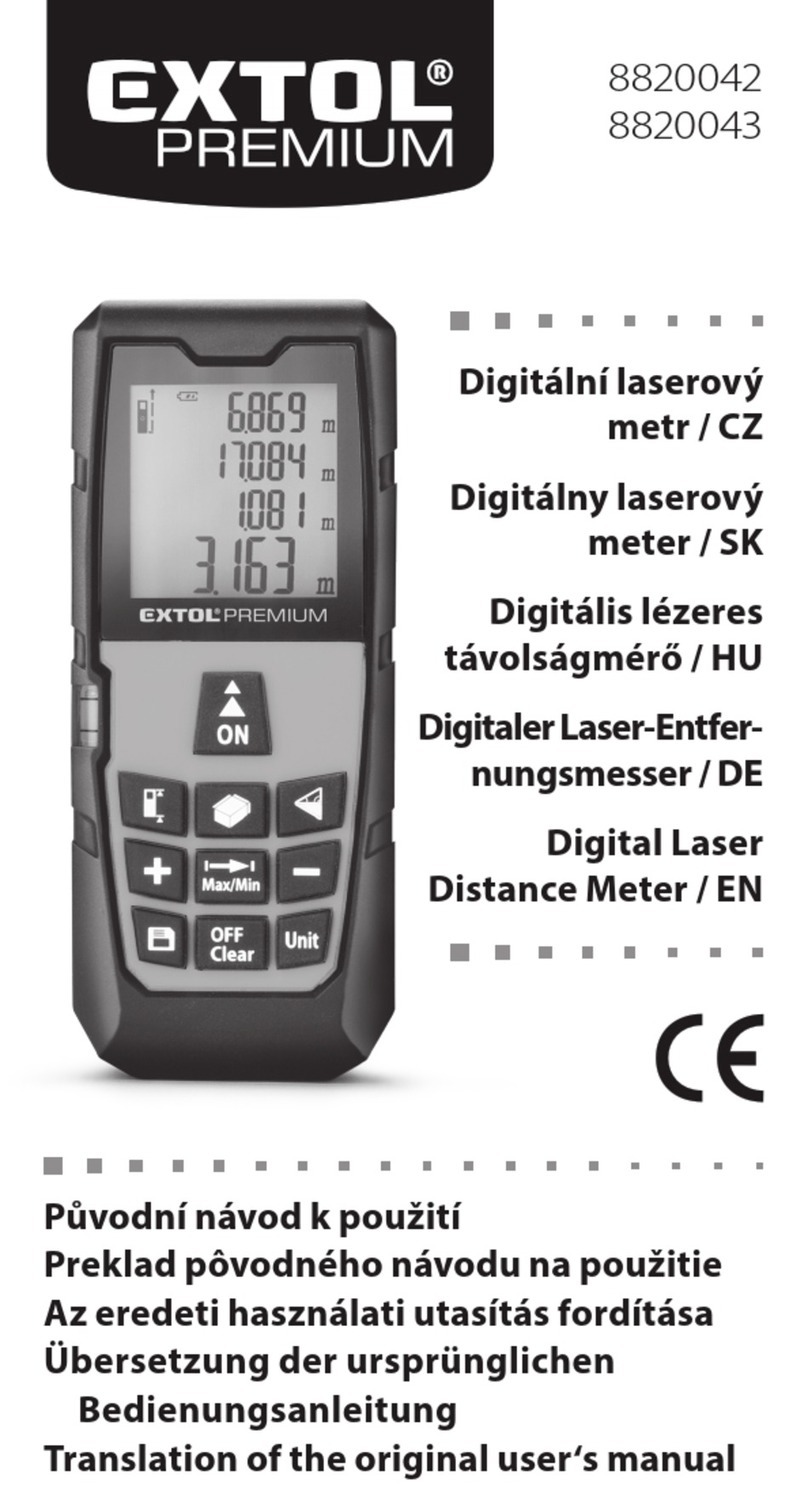
EXTOL PREMIUM
EXTOL PREMIUM 8820043 Translation of the original user manual
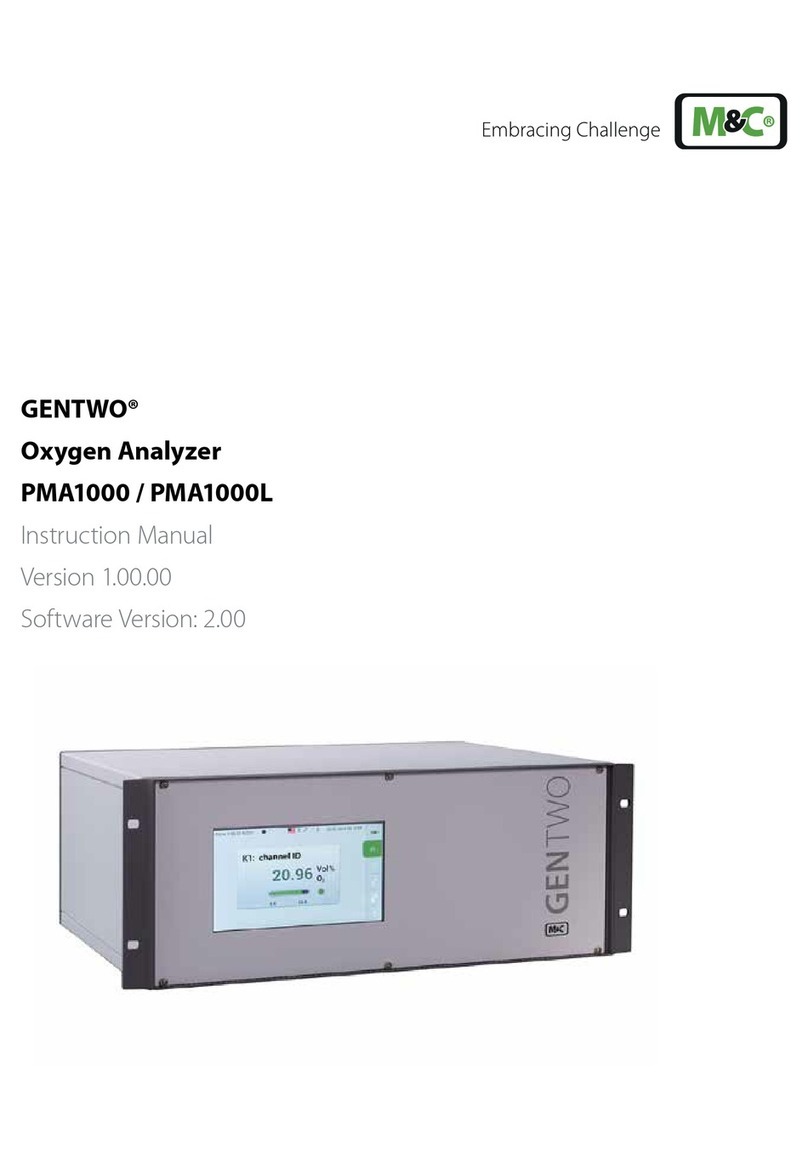
M&C
M&C GENTWO PMA1000 instruction manual

MICRO-EPSILON
MICRO-EPSILON optoncdt 1700 instruction manual

